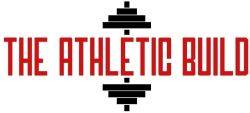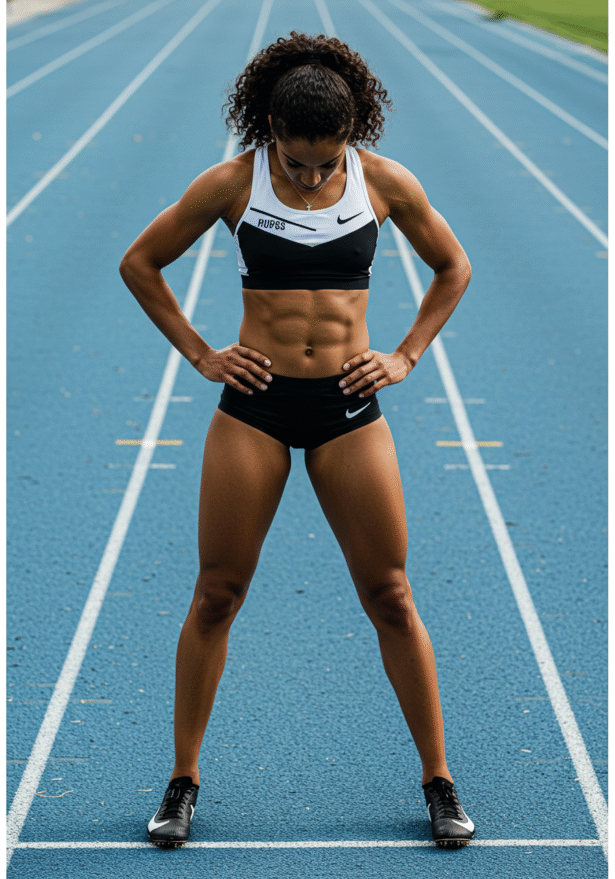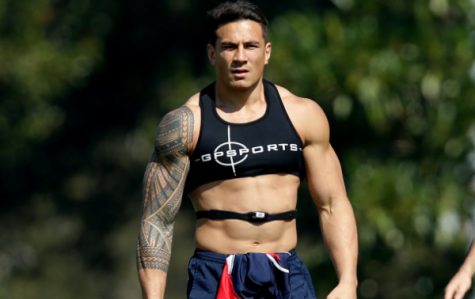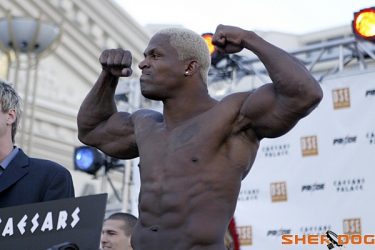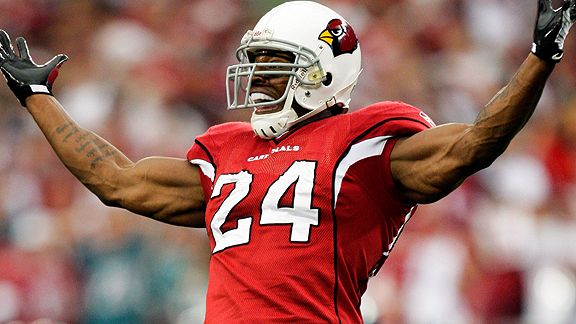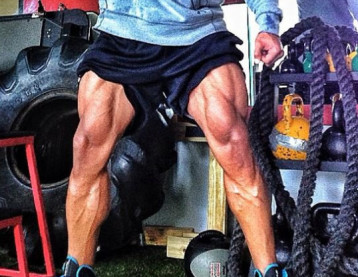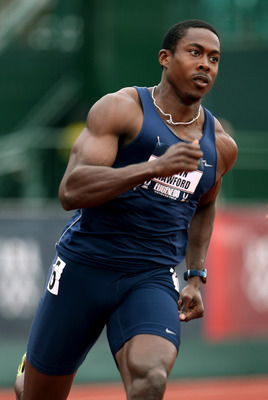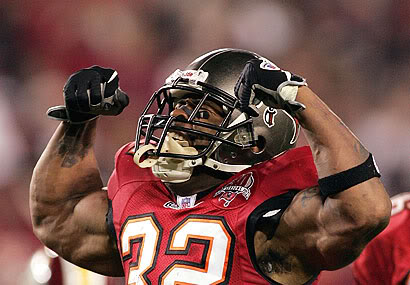Let’s be honest for a second. Most people don’t really want to be massive and lumbering, wheezing after a flight of stairs. You want to look capable. Strong. Athletic. Like you could jump into a pickup game or chase your kid through the yard without falling apart.
And here’s the good part. You don’t need to live in the squat rack or train like a bodybuilder to get there. In fact… you probably shouldn’t.
So what should your training actually look like? That’s what we’re getting into here.
Quick heads-up though, if you’re still following one of those generic gym routines with no real focus or structure, you’re leaving a ton of results on the table. Stick around. We’ll break down what to change, why it matters, and how to start building a body that’s not just for show, but built to move.
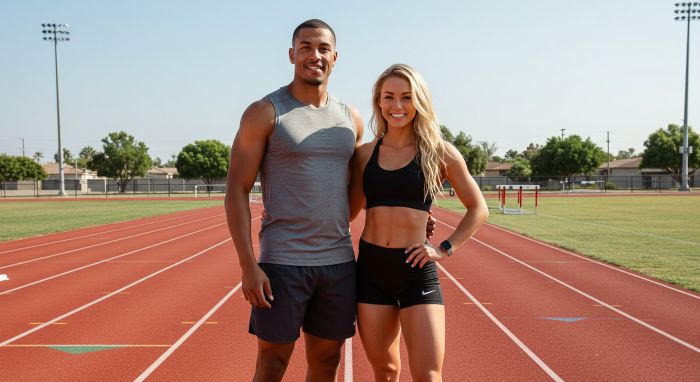
Build Your Base with Strength
You don’t need to be a strongman to look like an athlete, but let’s not kid ourselves, you can’t be weak either. Strength matters. You don’t get explosive speed, control, or power without it. Being fragile and being athletic just don’t go together.
You’re not chasing elite powerlifting numbers here, but you do need enough strength to move with intent. Sprinting, jumping, cutting, reacting, it all comes down to how much force you can produce when it counts. Weak athletes break down. They burn out. And honestly, nobody’s looking at them thinking, yeah, that’s the look I want.
So your training has to reflect that. You need to focus on compound lifts. Big movements that hit multiple muscle groups at once and teach your body to move as one solid, connected system. Bicep curls and cable kickbacks might have their place, but they’re not building the engine. Not for this.
Here’s what you should have on rotation:
Trap Bar Deadlifts: These are gold. Full-body strength without beating up your lower back. Hips, legs, back, grip, it all gets stronger.
Front Squats: You want power off the line? You want bounce in your stride? These will light up your quads and core while forcing good posture.
Weighted Pull-Ups: Absolute must. They build your back, biceps, grip strength, and show you how to control your body through space.
Dumbbell Bench Press: Builds serious upper-body strength, but also makes your core and shoulders work to stabilize each rep.
Romanian Deadlifts: Your glutes and hamstrings need love too. These improve hip extension, help with speed, and keep your knees safe.
Barbell Rows: Strong upper back isn’t optional. It balances out pressing work, supports good posture, and helps in any sport with contact or load.
Overhead Press (Barbell or Dumbbell): This one’s underrated. Builds raw pressing strength and forces your core to stabilize under load.
Bulgarian Split Squats: Yeah, they suck, but they work. Fixes strength imbalances, hits your legs hard, and helps with balance and injury prevention.
Thrusters: Total body grind. Legs, lungs, shoulders. If you can power through these, you’re building serious conditioning and grit.
Dips: Classic for a reason. Triceps, chest, shoulders. Do them weighted if you can. Teaches control and builds raw upper-body pushing strength.
Put these into your training and actually push yourself. That’s how you build a body that performs and turns heads without trying.
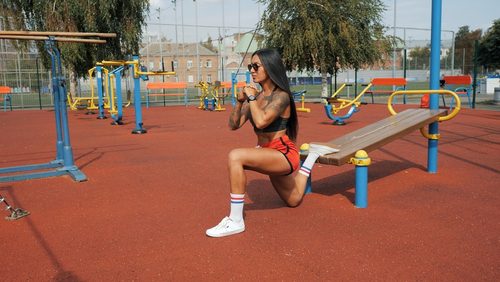
Move Like An Athlete
The secret to building athletic strength isn’t just about loading up the bar. It’s how you move the weight that makes the difference. Every rep should have purpose. Move it with speed, control, and aggression. Strength without intent is just brute force. And if you can’t turn it on fast when it counts, what’s the point?
It’s one thing to be strong. But if you’re stiff and slow, you’re not athletic. Athleticism shows up in how well you move, how quickly you can sprint, how high you can jump, how sharply you can cut and change direction. That’s what separates someone who just lifts from someone who performs.
Athletes are sharp. They react without overthinking, generate power in every direction, and move efficiently under pressure. Your training should train that.
Here are a few key movements to start building that kind of athletic engine:
- Sled Pushes and Drags: Develop explosive lower-body strength, endurance, and have been proven to help with sprint acceleration.
- Medicine Ball Throws: Enhance rotational power, hip explosiveness, and dynamic strength across multiple planes.
- Broad Jumps: Train raw horizontal power, teaching your body to harness and apply force explosively through the ground.
- Kettlebell Swings: Boost coordination, speed, and strength in your hips, glutes, and hamstrings.
- Lateral Bounds: Improve agility and side-to-side explosiveness, critical for sports performance and dynamic real-world movements.
Here’s the thing: athleticism isn’t something you stumble into. You build it. Deliberately. If all you ever do is chase big numbers on a barbell, you’ll end up strong, sure, but probably stiff, maybe slow, and more prone to injury.
Your goal isn’t just being able to lift heavy. It’s about being explosive. Nimble. Capable. Add sprints, jumps, throws, and explosive work into your weekly training. That’s how you stop just looking strong and start actually being athletic.
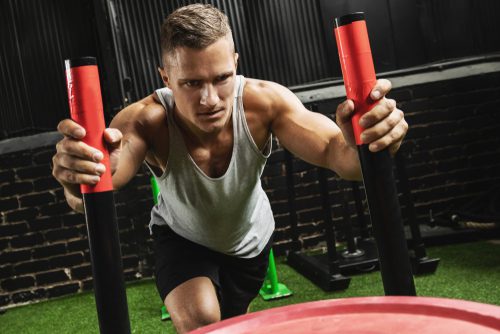
Stay Lean, Stay Dangerous
Real athletes don’t live at the extremes. They’re not giant tanks who gas out climbing stairs, and they’re not skin-and-bone either. They sit right in that middle zone, strong, lean, explosive. Enough muscle to move weight and throw down, but not so much that it slows them down. You want to be light on your feet, but still hit like a freight train when it counts.
And to get there, you’ve gotta eat like it matters. That starts with protein. Keep it simple, aim for around 0.8 to 1 gram per pound of bodyweight every day. Protein builds muscle, keeps you full, and helps keep fat in check while your training ramps up. It’s not flashy, but it works.
Carbs? They’re not the villain. They’re fuel. The trick is choosing the right ones and using them smart. Go for things like rice, potatoes, oats, fruit, stuff your body can actually use. Stack them around your workouts when your body’s primed to soak it up and turn it into power.
Forget starving yourself or logging endless miles on the treadmill. That’s not the move here. When you’re lifting heavy, sprinting, and training with intensity, you’ll shape your body through performance, not punishment. Train hard, eat well, and your body will adapt the right way.
But don’t stop there. Athleticism doesn’t shut off when the workout ends. Stay active outside the gym. Walk more. Play. Ride a bike. Do stuff that keeps you moving. You build an athletic body through a lifestyle, not a two-hour block at the gym a few times a week.
Looking lean is cool, sure. But feeling fast, powerful, and ready for whatever life throws at you? That’s next-level. That’s what we’re after.
Train Speed and Power, Not Just Muscle
Big muscles are cool and all, but if you can’t move them fast, they don’t do you much good. Athleticism isn’t just about how much weight you can lift, it’s about how quickly you can turn that strength into action. If your training is all slow, heavy lifts and zero explosive work, you’re building a statue, not a weapon. Strong, sure… but slow. And slow doesn’t win.
Speed is a skill. Power is a weapon. If you want to be athletic, you’ve got to train both. Sprinting should be in the mix every week. Keep it short, 10 to 40 yards. And go all-out. Like, full send. Once or twice a week is plenty if you’re actually putting in the effort. Don’t jog through it. Explode. Recover fully between reps so you can bring the heat every time.
And don’t sleep on the medicine ball. Slams, overhead throws, side tosses, they let you unleash power without beating up your joints. Don’t just go through the motions either. Throw it like you’re trying to put a hole in the wall. That’s the kind of intensity we’re after.
Add in jumps. Broad jumps, box jumps, lateral bounds, stuff that trains your lower body to generate force and react fast. It’s not about just jumping around. It’s about jumping with purpose.
The way you move matters. Every sprint, every throw, every rep should have intent behind it. No lazy steps, no soft landings, no half-effort nonsense. Train like you’re trying to break something in the best possible way.
That’s how you stop looking like a lifter and start moving like an athlete.
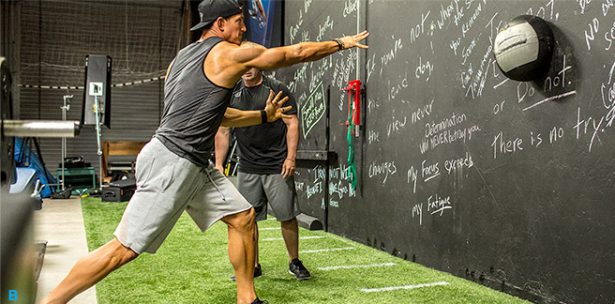
Condition Like an Athlete
You don’t need to log endless miles or train like you’re prepping for a marathon, but you do need to have some gas in the tank. Athletic cardio isn’t about cruising on a treadmill for 45 minutes while watching Netflix. It’s about being able to go hard, recover quick, and repeat.
This means short, intense work. Sprints. Sled pushes. Assault bike intervals. Kettlebell circuits. Stuff that hits your lungs, builds grit, and pushes your threshold without chewing through muscle. Two or three solid sessions a week is all it takes. Hit it with intent, keep it tight, and walk away better than you showed up.
You’re not training to survive a fun run. You’re training to win the last round, to chase someone down, to walk off the field like it was no big deal. Whole different mindset.
Consistency Beats Perfection
Let’s get one thing clear, athletic bodies aren’t built from some magic plan. It’s not about the perfect routine, the newest supplement, or obsessing over every macro. That stuff might help, sure, but it’s not the foundation. What matters most is showing up consistently, even on the days you’d rather not.
Athletes aren’t created in a month. It takes time. Reps. Sweat. Most people burn out because they’re hunting for shortcuts. Don’t fall for that trap. The real progress comes from stacking simple wins, day after day.
You don’t need to train seven days a week. You don’t need a spreadsheet full of complicated nonsense. What you need are a few non-negotiables, core habits that anchor your week. Start there, build momentum, and let consistency carry the rest.
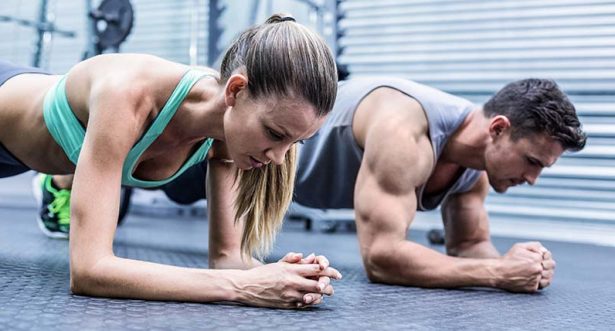
Athletic Body 5-Day Training Split
Of course, we are going to give you a workout with this article, not like that other site where the guy is just trying to prove how smart he is.
Day 1 – Lower Body Strength + Jumps
-
Trap Bar Deadlift – 4×5
-
Front Squat – 3×6
-
Romanian Deadlift – 3×8
-
Box Jumps – 3×5
-
Sled Pushes or Bike Sprints – 4 rounds (20 sec on / 90 sec rest)
Day 2 – Upper Body Strength + Med Ball Work
-
Dumbbell Bench Press – 4×6
-
Weighted Pull-Ups – 4×5
-
Barbell Rows – 3×8
-
Med Ball Chest Pass + Slam (superset) – 3 rounds
-
Farmer Carries – 3×40 yards
Day 3 – Conditioning + Core (Short & Brutal)
-
6-8 Hill Sprints or 40-yard sprints
-
Assault Bike Intervals – 5 rounds (20 sec sprint / 1:40 rest)
-
Hanging Leg Raises – 3×10
-
Plank w/ Shoulder Taps – 3×30 sec
-
Med Ball Russian Twists – 3×20
Day 4 – Power & Athletic Accessories
-
Dumbbell Push Press – 3×5
-
Chin-Ups – 4×8
-
Bulgarian Split Squats – 3×6 each leg
-
Thrusters – 3×10
-
Lateral Bounds – 3×6 each side
Day 5 – Full-Body Circuit + Jump Work
3–4 rounds, move fast but clean form:
-
Kettlebell Swings – 15 reps
-
Dumbbell Rows – 10 reps each side
-
Jump Squats – 10 reps
-
Dips – 10 reps
-
Push-Ups – 15 reps
-
Broad Jumps – 3 reps
Finish with 10 minutes of low/moderate cardio (rower, bike, jog)
Days 6 & 7 – Off or Active Recovery
Walk, light mobility, maybe shoot hoops or hit the heavy bag. Just move, don’t sit around like a slug.
Wrap It Up
If you want to build an athletic body, this is the blueprint. Lift with purpose, move explosively, eat like an adult, and stay consistent. Nothing fancy, just what works.
You don’t need to overthink it, you just need to actually do it. Follow the plan, stay patient, and give it time. The results will come if you keep showing up.
That’s it. Now get to work.
